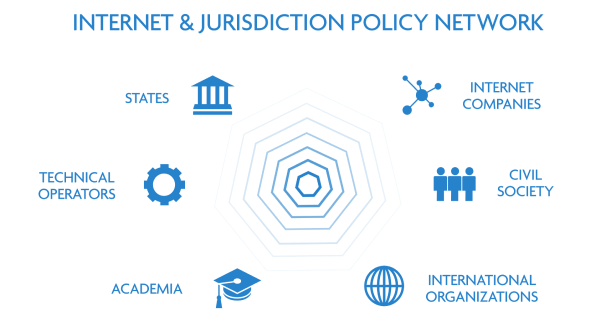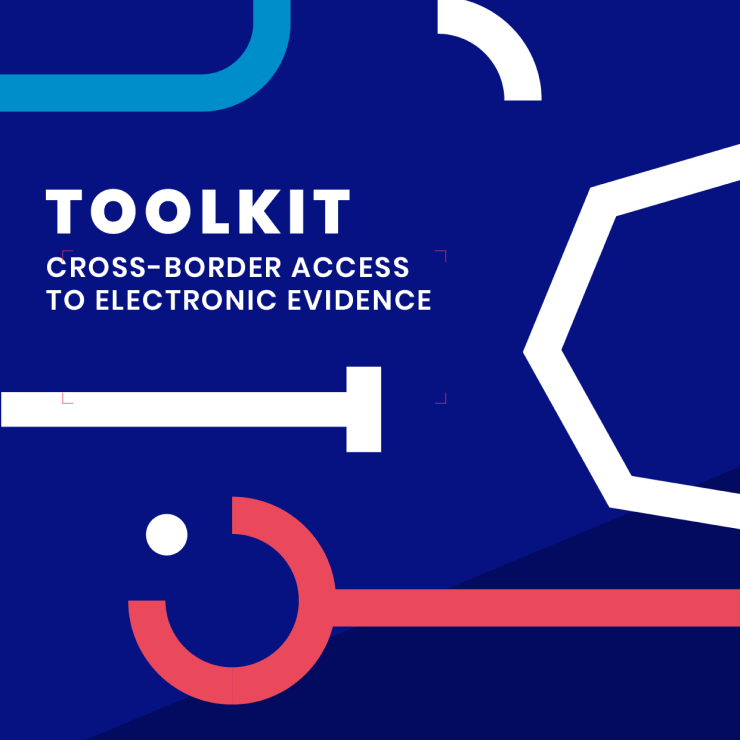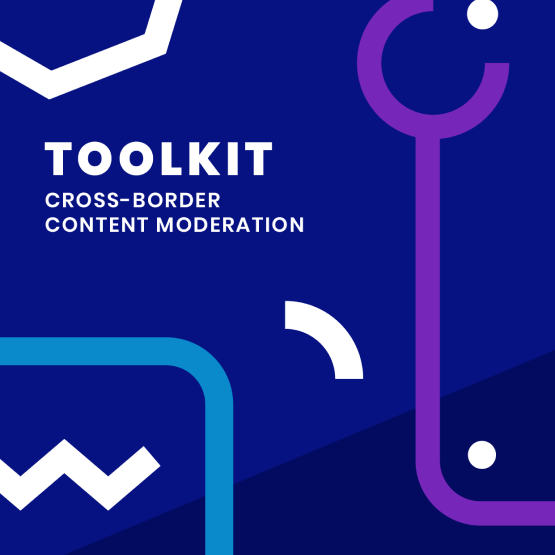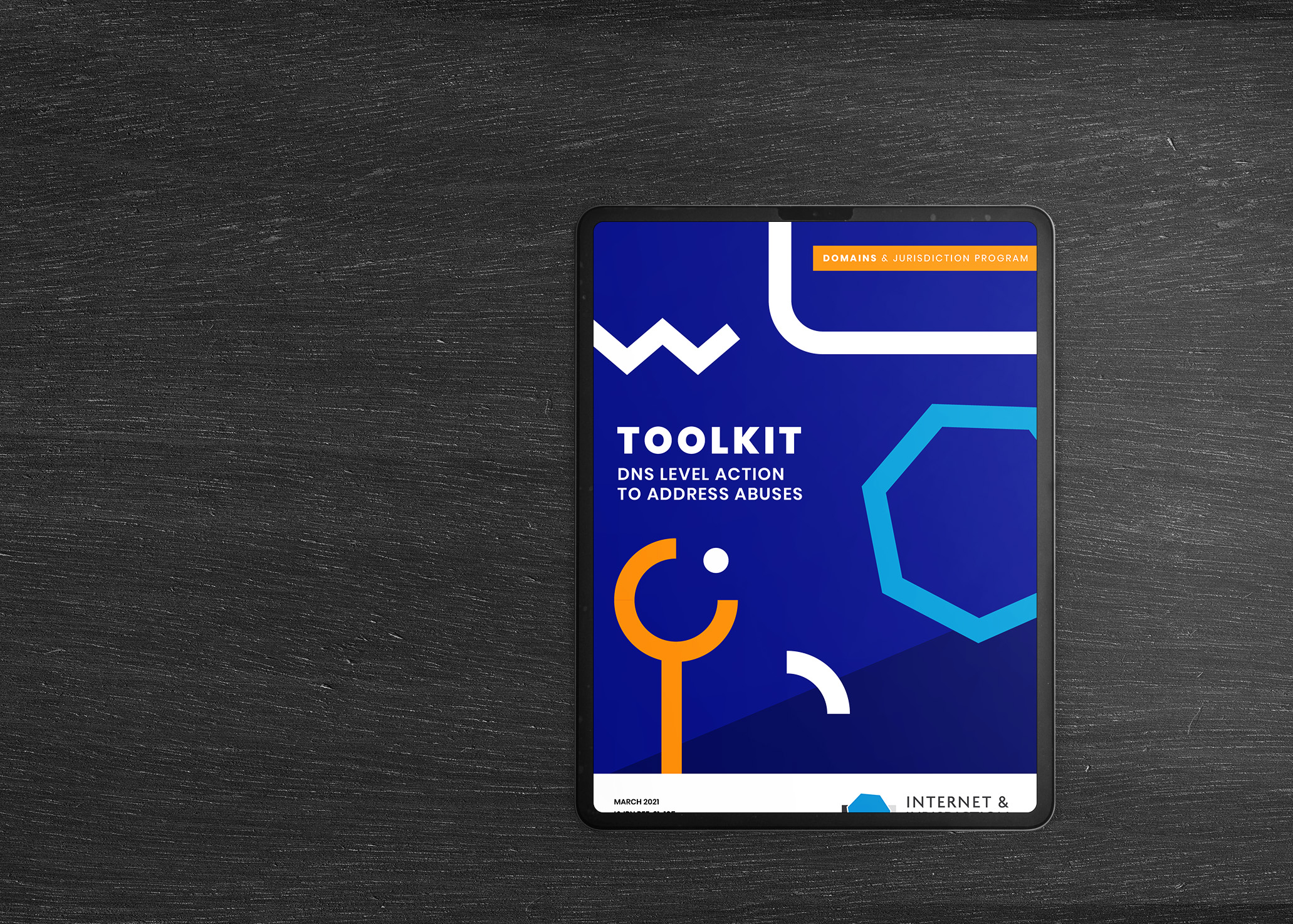
Toolkit
DNS Level Action to Address Abuses
Purpose
Providing substantive and procedural thresholds to determine when acting at the DNS may be appropriate as well as a framework for coordinating the interactions between relevant actors.
The Toolkit identifies types of abuses that may be addressed at the DNS level, their corresponding thresholds for action, as well as the sequence of interaction between notifiers, registrars and registries.
Read more about Issue FramingA collaborative effort of over 100 stakeholders
From governments, internet companies, technical operators, civil society, leading universities, and international organizations.
Raising awareness
Helping actors determine when - and how - it may be appropriate to act at the DNS level to address abuses.
Clear common guidelines
Enabling interoperability across heterogeneous governance frameworks and coexistence between actors.
Download the full Toolkit
Download pdfI&JPN Methodology
The Internet & Jurisdiction Policy Network fosters a new approach to transnational policy-making. Its innovative methodology identifies relevant stakeholders to define common problems and produce solutions to pressing and complex policy challenges.
Since 2016 in regular iterations, the Domains & Jurisdiction Program Contact Group engages key global policy actors. Contact Groups iteratively develop concrete outcomes that seek to help improve the interactions between the different actors to act on DNS Abuse while also strengthening corresponding procedures and mechanisms to guarantee proportionate remedies and due process for registrants.
Meet the membersFraming common problems
Stakeholders develop a shared framing of the issue. This provides a common understanding of the policy problem and identifies areas for cooperation.
Developing common approaches
Stakeholders develop Operational Norms, Criteria and Mechanisms to offer concrete avenues for cooperation.
Setting common objectives
Stakeholders identify structuring questions to develop a framework within which concrete policy solutions can be developed.
Fostering legal interoperability
Work is conducted to communicate and aid the implementation of policy solutions. This may take the form of Toolkits compiling thematic Outcomes.
Overview
Public Authorities and DNS operators are confronted with a common challenge: when is it appropriate to act at the DNS level to address technical and website content related abuse.
Under what strict conditions might interruption of a domain name without consent of the registrant be envisaged/acceptable;
What actions should/would domain name operators be willing and able to exercise;
What rules and procedures could help establish or enhance the credibility of notifiers’ notifications (for information or action);
What possible mechanisms can help improve transparency in such processes.
Contents
This Toolkit has a twofold structure, each organized along the four-stage framework of: identification, evaluation, choice of action, and recourse. The first section ‘Addressing Abuse At DNS Level’ provides a set of generic tools that shape actors’ overall understanding of the types of abuses and actions at the DNS level, as well as the implications of such actions. The second section ‘Addressing Technical Abuse’ contains practical tools specifically targeting technical abuse. This section also contains a Procedural Workflow outlining the process and specific points of interaction between actors in addressing phishing and malware abuse.
Addressing Abuse at DNS Level (General)
Identification
- Types of Abuses
- Due Diligence by Notifiers
- Notification to Registrants
Evaluation
- Thresholds
Action
- Types of Actions
- Effects of Actions at the DNS Level
Recourse
- Recourse for Registrants
- Transparency
Adressing Technical Abuse
IDENTIFICATION & NOTIFICATION OF TECHNICAL ABUSE
- Channels/Sources/Typology of Technical Abuse Notifiers
- Due-Diligence Guide for Notifiers
- Minimum Components for Technical Abuse Notices
EVALUATION OF TECHNICAL ABUSE
- DNS Operators' Decision-Making Guide to Address Technical Abuse Technical Abuse Notices
ACTING ON TECHNICAL ABUSE
- DNS Technical Abuse: Choice of Action
TECHNICAL ABUSE PROCEDURAL WORKFLOW
- Addressing Phising and Malware: A Procedural Workflow
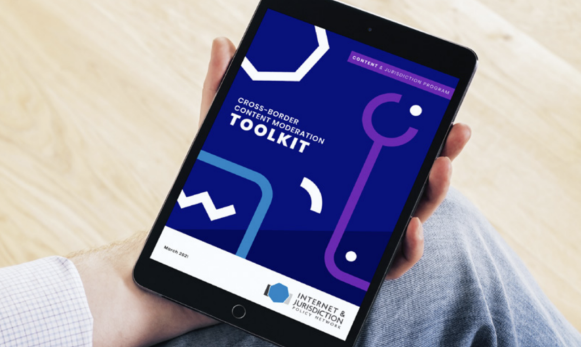
INTERNET & JURISDICTION POLICY NETWORK
The Internet & Jurisdiction Policy Network is the multistakeholder organization fostering legal interoperability in cyberspace. Its stakeholders work together to preserve the cross-border nature of the internet, protect human rights, fight abuses, and enable the global digital economy.
GROUPS
